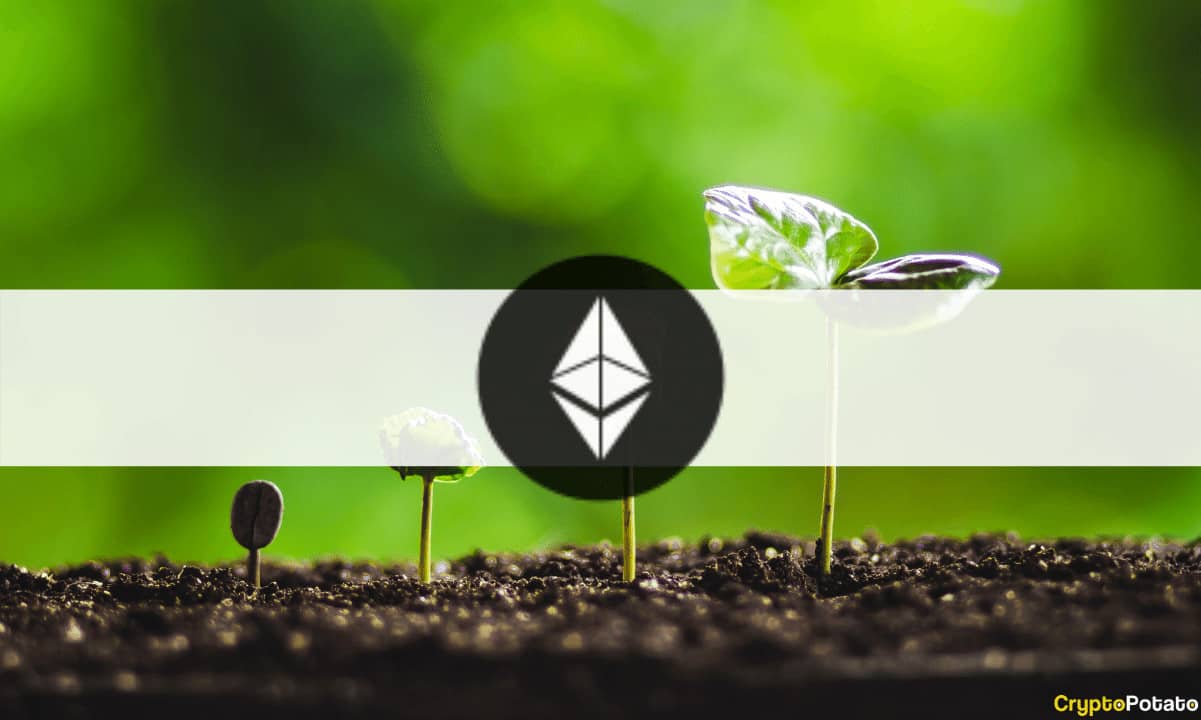More Than 1 Million ETH Burned 3 Months After EIP-1559 Was Implemented
Since EIP-1559 took effect in August, Ethereum has now burned over 1 million Ether from circulation. At today’s prices, that’s over $4.2 billion in value.
Torching The Ethereum Network
Data from Watch The Burn reveals the Ethereum network’s achievement of this latest milestone. At the time of writing, it shows that 1 002 000 ETH have been burned since the London hard fork on August 5th. The network has proven capable of maintaining its high burn rate, which saw its first $1 billion destroyed within about a month.
In that time, nearly 1.5 million Ether have been minted and distributed to miners as block rewards. That said, there have been times when the burn rate exceeded the issuance rate, such as earlier this month.
The London hard fork was intended to lower transaction fees by changing Ethereum’s fee structure. Instead of having fees transferred to miners, they are now compensated almost entirely through block rewards. Meanwhile, fees are sent to a burn pool, where funds will never re-enter circulation.
However, fees are still exorbitantly high on Ethereum, as is reflected in the number of ETH burned to date. Vitalik and other community voices now favor moving certain network functionalities off of Ethereum’s base layer to unclog the network.
Deflationary Dynamics for Ethereum?
Generally, the Ethereum community is excited by the development, seeing a high burn rate as a positive characteristic. Some even think this makes it superior, more “sound” money than Bitcoin, given the latter’s absolutely fixed supply.
However, Ethereum is still a net inflationary currency and has no given supply cap. Its issuance percentage has decreased by 67% since EIP 1559. While a significant reduction, it is not quite “deflationary”.
A deflationary currency implies high transaction fees to fund the burn pool. While this reduced supply helps HODLers, it hurts users attempting to actually spend and transact on the network.









